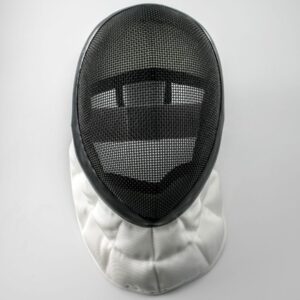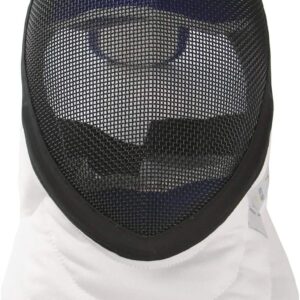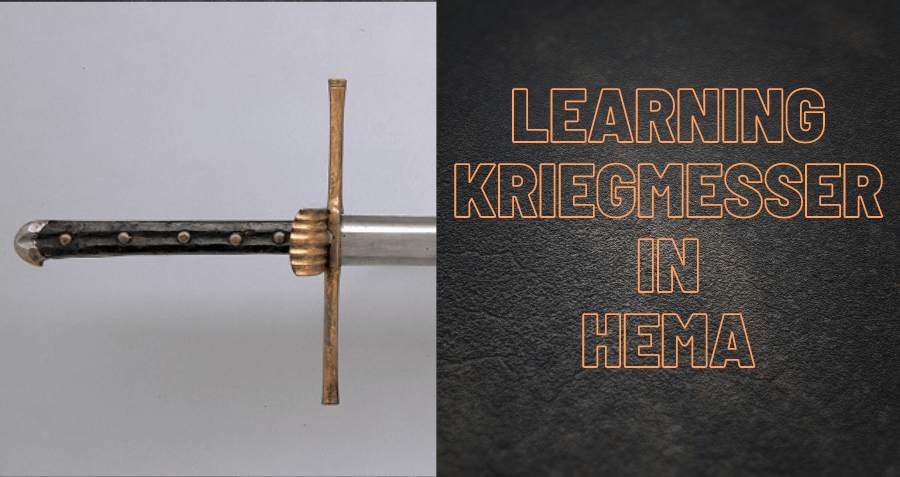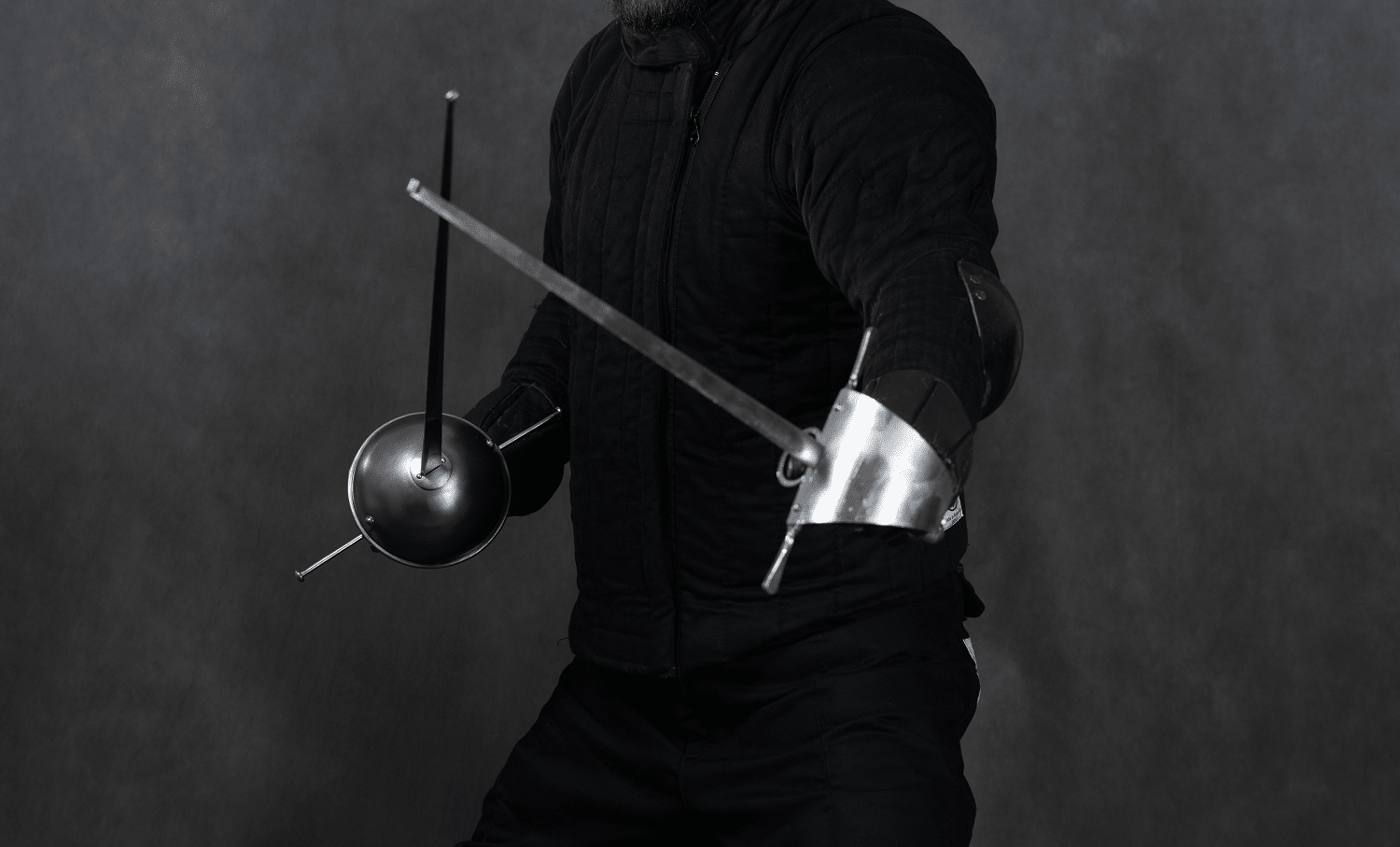Creating a HEMA club as a school to teach Historical European martial arts medieval sword fighting when there is no local one is a common reason for new HEMA clubs to come into existence. Chances are if you are reading this article it is because you are looking to get into HEMA but no clubs exist near you, so you are considering to start your own club in order to find training partners.
The good thing to know is that even if you have no prior experience it is possible to start a HEMA school. This type of school is called a study group, and it is the kind of club that first formed when the HEMA community had no organized systems and fully reconstructed arts as exist today. A HEMA study group is still a valid way of starting a club as many people find there is no one near them to teach HEMA, so they must start a club and teach themselves from books and videos, as well as participation in seminars, if they want to train at all.
This article provides a general overview of how to start a HEMA club martial arts school from scratch, even if you don’t know a lot about HEMA. Don’t feel too intimidated if you lack experience; thirty years ago, the people who started HEMA clubs didn’t know much about HEMA, either. You have a lot more material to work with today than existed back then. In fact if you’ve read every article on our site you know more about HEMA than was known thirty years ago by anybody.
How to Start Your Own Historical European Martial Arts Club
The most important thing is having a syllabus of material to learn from. Depending on your experience level you might have one from the school you study at but sometimes you have to make your own or borrow one from an existing school.
One thing you should do is use the strategies we have outlined in our article, ‘How to Learn HEMA When There is No Local Club‘. This is because it will help you further your own education in historical fencing and provide you with material to teach your study group members. You can learn the material together using syllabus created by others from companion books and online courses.
The most important step for starting a new HEMA club study group is to find just one person to be your training partner. It takes two people to do the drills. From having just one person to train with, you’ll be able to gain the necessary skill to be able to instruct others from what the two of you learn together from books and video courses.
If you are interested in learning swordsmanship from an online distance learning video course we recommend the Duello TV program. It offers high quality video lessons for long sword, rapier and sidesword with free lessons starter membership for as low as $29 a month. Click here to sign up for this program.
Finding a Venue to Hold Classes At for Your HEMA Club
When first starting out the most affordable option for a martial art school is to host classes in a public park. This is how most martial art clubs begin. However with HEMA you are doing something unusual — fighting with swords, mostly. This can attract unwanted attention from busy-bodies, and sometimes people can think your activities are dangerous or harmful. If you plan to host classes in a public park, it’s a good idea to notify the local law enforcement department in your city that you intend to teach these classes and let them know what days and times you plan to teach classes. This will inform the local police department that any calls they receive about “people with swords fighting in the park” are likely people who are confusing your safe martial art classes with some kind of street gang activity. You should receive less hostile interactions with police as a result. Keep in mind you will likely need to actually show your training gear to the police, so they can see you have blunt training swords such as federschwert and that you use padded jackets and fencing helmets. For obvious reasons, don’t bring this items into the police station when you first go in — keep them in your car. While talking with the police about your activities, offer to show them your training tools so they can understand these are not real weapons in the sense that they are designed to harm people — they are training tools for historical fencing. Always insist to the officers that your training weapons are no different than Olympic fencing foils and Kendo shinai — refer to them as sporting goods and re-iterate that their blades do not have sharp edges and are designed to bend when thrusting against padded jackets. This is what will convince the local law enforcement that you are just another martial art instructor and not a dangerous person to the community.
We recommend making this introduction of HEMA to the local law enforcement. The very last thing you want is for some busybody to call 911 and claim you are having some kind of gang warfare with sharp swords in the neighborhood park. Some over-zealous police might run at you brandishing firearms because they are assuming the 911 call is real.
Another thing you may consider is that it could be required that you need a sporting event permit to hold classes in a public owned park. The local police will tell you if that is the case and be able to tell you where to go at city hall to get such a permit. While these permits increase your costs, the permit systems are what helps pay for the ongoing costs associated with these parks.
Other places you might consider holding classes at are community recreational centers. These slots are harder to obtain in some cities but tend to be more affordable than leasing a dedicated retail space for your club. Renting space at National Guard armories or subleasing space at existing martial art or fitness clubs (yoga, pilates, acrobatics, etc.) are also options. When subleasing space in an existing studio the common arrangement is that you are allowed to host your classes during the off-hours of the current school for either a flat rate or an agreed upon percentage of your gross tuition collection from your students. You want to ensure you are responsible for collecting your tuition from your classmates and paying the martial art studio space owner yourself. You should also bear in mind that when starting out an arrangement where you pay a percentage of your gross can be cheaper than paying a flat rate as it will ensure you don’t end up paying out of pocket for your space utilization. Arrangements are usually 60/40 splits, with the space owner collecting the 40% and you retaining 60%.
(It is worth mentioning that you should be cautious of what you reveal when leasing space at an existing martial art school in your area in regards to your long term plans. If the school owner believes you may become a competitor to their own business in the future they may not be helpful to you. Long term plans for getting your own space after using theirs to build up your roster should not be shared with the school owner you lease space from. )
The most expensive option is for leasing your own space in a strip mall. This is something we don’t recommend doing at the start of your club’s birth, as it is the most expensive option. What you should do is use cheaper alternatives, such as training at public parks and community rec centers, or leasing space in the off-hours at an existing martial art studio, until you have gained enough students to be able to support the cost of entering your own long term lease on retail space, as well as able to cover the necessary costs for renovating that space for use as a historical martial art club school. This will probably be when you have around 20 students or so who are each paying around $100 a month for classes. This will vary on your geographical area though.
Getting Equipment for Your HEMA Club Martial Art School
The most expensive part of starting a new club is getting loaner equipment. The majority of new students are not going to pay for their own gear. So you need some training weapons available for loaner gear, and you need fencing masks, too. you also need Gorgets / neck protectors as an absolute must, and you should then look into purchasing plastic chest protectors for wearing during thrust training and loaner hand protection gloves, too.
For lists of what gear beginners use, please read our articles,
One thing we recommend doing is purchasing fencing masks that are still rated at least 350N but may not have meshes necessarily intended for HEMA. An example is the Leonark Epee fencing mask. While its face mesh is unlikely to stand up to full power strikes with a longsword feder practice sword, it is acceptable for light drilling. As your beginner students will only be performing drills in class this makes this acceptable to use as loaner equipment, and they can be purchased for half the price (around $50 to $60 USD ) of a more sturdy fencing coach mask (which is predominantly used for HEMA). Your students will purchase their own masks eventually, so saving on masks for loaner gear will let you reduce your costs to start a new club.
You should also copy our article on safety tips for creating your own safety policy at your club, to ensure this gear is worn correctly for drilling.
It is recommended that students should order their own jackets when they become skilled enough to engage in free style sparring with swords, as they typically need to be sized to the individual anyway.
Some vendors will provide a discount if you purchase items in bulk, such as federschwert and gorgets. It is always worth sending an email to a vendor asking if they will give a club discount to you to lessen the burden of your startup costs. Regardless it will still cost a good amount of money to setup your club, and expect to spend a few thousand dollars investing into equipment that can be used as loaner gear.
Picking a Name for Your HEMA Club Martial Art School
On that same note, you want to pick a good name for your HEMA club. A name is the most important part of branding. A review of HEMA club names while making our Club finder directory has given us the impression the majority of clubs use a name that is very romantic and fantasy-inspired, likely as a result of HEMA’s origins from the SCA community. However in our opinion this is not always the best way to brand your school since it can give people the impression you are a roleplaying group instead of a serious martial art sporting club. This is an important aspect of branding that you must consider — the name of your club will attract and deter certain groups of people away from you, so your goal should be a name that will attract the most people in your geographic area while setting correct expectations for what your club is doing. If you name your HEMA club something like “Order of the Blazing Blades‘ or use a name written in Latin (or any other foreign language other than English) you are making your first impression to the general public that you are a LARPing group, not a martial art studio. This is because you have adopted the same naming conventions that SCA and other medievalism roleplaying groups use. While it will not be impossible to overcome this first impression through marketing, it does create a hurdle that doesn’t really need to exist for your new club and we don’t recommend creating this unnecessary obstacle for you to overcome. You’re going to have enough obstacles to overcome as it is trying to make a brand new martial art studio in your area, so you don’t need any new ones.
Now there are many HEMA clubs that incorporate the name of their city into the school, which we do believe helps with the discovery of these clubs when people search for martial arts online. For example a popular HEMA club in New York City, NY is named New York Historical Fencing Association and their domain name is newyorklongsword.com This makes their site easier to rank for keywords such as ‘new york fencing‘ and ‘new york fencing association‘ or ‘new york historical fencing‘, and brings them organic traffic just by virtue of their name being mentioned a bunch of times on their website in addition to the domain name of the website.
Having said this, in our personal experience operating HEMA Resources the term ‘historical fencing‘ is not commonly used in search engines queries by people searching for sword fighting lessons — the term ‘sword fighting lessons‘ is. However we actually don’t think ‘New York Sword Fighting Lessons Association‘ would be the best name for a new HEMA club in NYC; we’d actually recommend ‘New York Historical European Martial Arts Association‘. This is because the terms ‘new york martial arts‘, ‘new york city martial arts‘ and ‘NYC martial arts‘ are the most popular search queries in this geographical area for people looking for martial art clubs in the city — and this tends to be the search behavior for people looking for martial arts training in nearly all cities in the USA.
So in our opinion the absolute best name for any new HEMA club is ‘[Your City] Historical European Martial Arts‘ such as ‘NYC Historical European Martial Arts‘ or ‘Detroit Historical European Martial Arts‘ (at the time of this posting no schools exist with these names). You could also use ‘Western Martial Arts’ too, since it still has the key ingredients of the city name and term ‘martial arts‘ in the title. Using this naming convention structure for your school name will automatically make your website name and domain name indexed well by Google and other search engines for ALL queries made by anyone searching for martial arts in your local city, which means you will get attention from people not specifically looking for sword based martial arts training. As a result this will attract more students to your school in an organic way.
Now some people may not like the idea of having such a generic sounding name for their club, but if you follow our advice you are more likely to get more students from organic search engine traffic than you would if you chose a more fantasy style name or if you focused on a name that incorporates the term ‘fencing‘ in it. ‘Fencing‘ is actually a problematic name for a HEMA school in our opinion, because it gives the first impression of Olympic style fencing and not sword fighting with long swords, rapiers, dussacks, sabers and so forth. People also don’t expect to learn how to do grappling at a modern fencing school, which is an important aspect of HEMA. As with our suggestions regarding using a fantasy inspired name for your club, we recommend not using the term ‘fencing’ for this reason because a name gives the most powerful first impression to the general public about what your club teaches. The term ‘fencing‘ is preloaded with too many assumptions that you will have to overcome. It is harder to fight preconceptions about something than it is to change minds. The path of least resistance is often easier.
Creating Attractive High Quality Branding for Your HEMA Club Martial Art School
It is very difficult to advertise a business if you don’t have any marketing materials and one of the most important aspects of marketing materials for any kind of business is a logo. Low quality logos imply low quality instruction, with higher quality logos implying to people that you are a serious endeavor. This is just a natural part of human psychology when it comes to advertising products and services.
While there are websites like fiverr where you can order cheap logos for $5 or more dollars, many of these logo creators don’t allow many revisions and the work they do can be very generic, often using logo creation software that only allows them to choose from a handful of pre-existing designs. They may also steal copyrighted images from the internet to use in your logo that will cause you issues down the road.
If you don’t know any good artists for making a logo we recommend making the investment into a high quality logo produced via a contest site such as 99designs. While this is pricier than using a site like fiverr you will be pretty much guaranteed to have a high quality attractive logo created for you by a dozen different artists who are competing for you to choose their logo submission as winner of the design contest. This gives you more options for selecting a quality logo.
For suggestions on design elements in your logo, we obviously recommend you incorporate a sword. Having some kind of federschwert is very popular among German long sword schools so you might want to consider a club logo that incorporates this. You probably don’t want to be too abstract in your club logo either, or use a logo with more than 2 colors (the more colors your logo uses the more expensive it becomes to manufacture things like patches and t-shirts). You should also have a logo that will work well on black or white backgrounds, as it will make it easy for you to put it on many kinds of marketing materials.
Once you have a good logo you can use it for your social media accounts, your club t-shirts and jacket patches, and use it on flyers and other signage for your club. This will help make your business stand out and build brand identity.
Decorating Your HEMA Club School
If you are one of the fortunate people able to afford to lease your own space for your club then you need to decide how to decorate it. In terms of the equipment you will need for the training space of your school, much of this equipment are things similar to what is needed for a home gym area for historical swordsmanship training. Therefore you should read our article on how to create a home gym for HEMA training, as the advice for a home space is applicable to having a larger school environment for your club.
We can also draw some inspiration from the advice of older fencing masters in how they advised others to decorate their fencing salles. For example, in Manual de Esgrima de Espada y Palo-Bastón (1881) by Antonio Álvarez García he advises on page 9 and 10 the following,
“Advice on Establishing a Salle d’Armes
Each fencing instructor should equip his salle with the tools and adornments which the art requires, in order to avoid criticism from those who visit, and to be able to give a better explanation to his students of the history of weaponry.
He should begin with the weapons intended for teaching, which should be placed on the wall to the right and left of the entryway, at a height which permits them to be reached without difficulty. These should be composed, at a minimum, of the following:
18 foils
18 wooden sabres with steel guards
12 sabres for assaults
12 singlesticks of acebuche, olive, or ash wood, measuring one finger in diameter, approximately, with basket hilts
6 cup-hilted rapiers with buttoned tips
6 cup-hilted daggers, likewise buttoned
6 modern epees, likewise buttoned
4 short staves of a regular thickness
4 plastrons for giving lessons, and 4 for fencing in assaults
Gloves, sleeves, jackets, and shoes in abundance
In the entryway to the salle should also be placed the following decorative arms, which should be formed into a panoply:
A pair of maces with their corresponding armor
A pair of crossbows
A pair of swords with round shields
A pair of daggers with quillons
A pair of short staves
A pair of foils for fencing
A pair of cavalry sabres
A pair of infantry sabres
A pair of bows with arrows
A pair of smallswords
A pair of rapiers with shell guards and quillons
If these weapons are arranged tastefully along with various masks and gloves, they will make an agreeable display for anyone who visits the salle d’armes. Alongside these should be placed all the diplomas, certificates, etc., as well as the Rules for the Fencing Academy.
He should always wear his fencing shoes and jacket at the beginning of classes, and situate himself in a spot where he can be seen the moment anyone comes to visit his class and the salle, so that he can always be the first to receive them and invite them to fence with some of his students, or with himself, in case it is an instructor or if he otherwise feels it appropriate.
Having established his salle d’armes, he should start by getting to know the character of each student and their disposition for particular weapons; but he should forbid them to take part in assaults until they are prepared for it. For, in addition to it being impossible for him to attract good fencers, he will see his Academy deserted in short order because of a lack of talent.
-Antonio Álvarez García, 19th century Spanish fencing master
Here are some various images of historical fencing salles to provide you some further inspiration for decorating your HEMA club school.
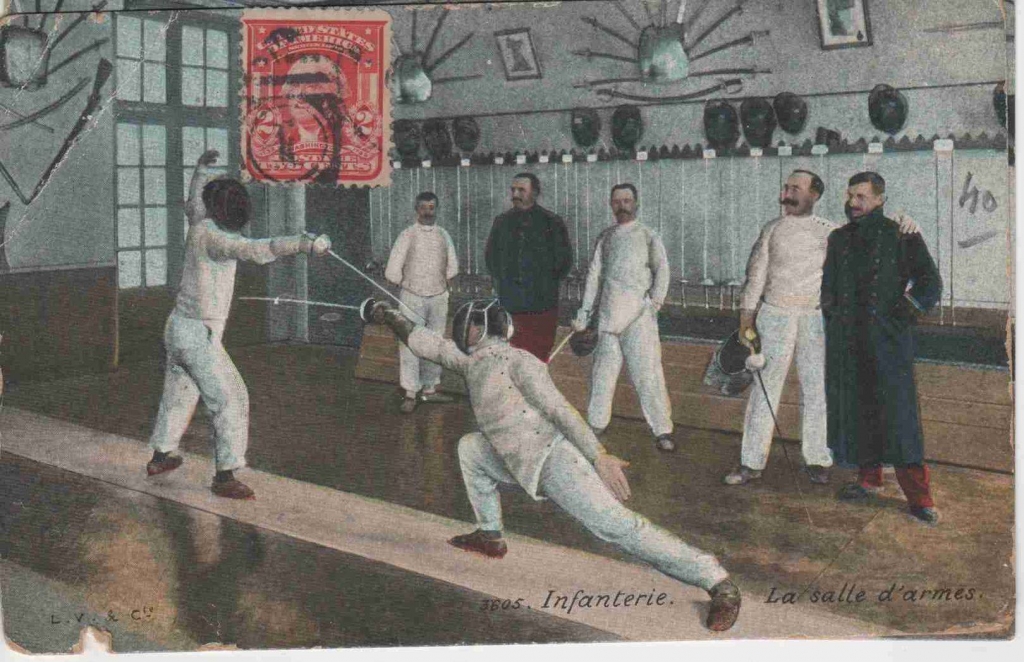
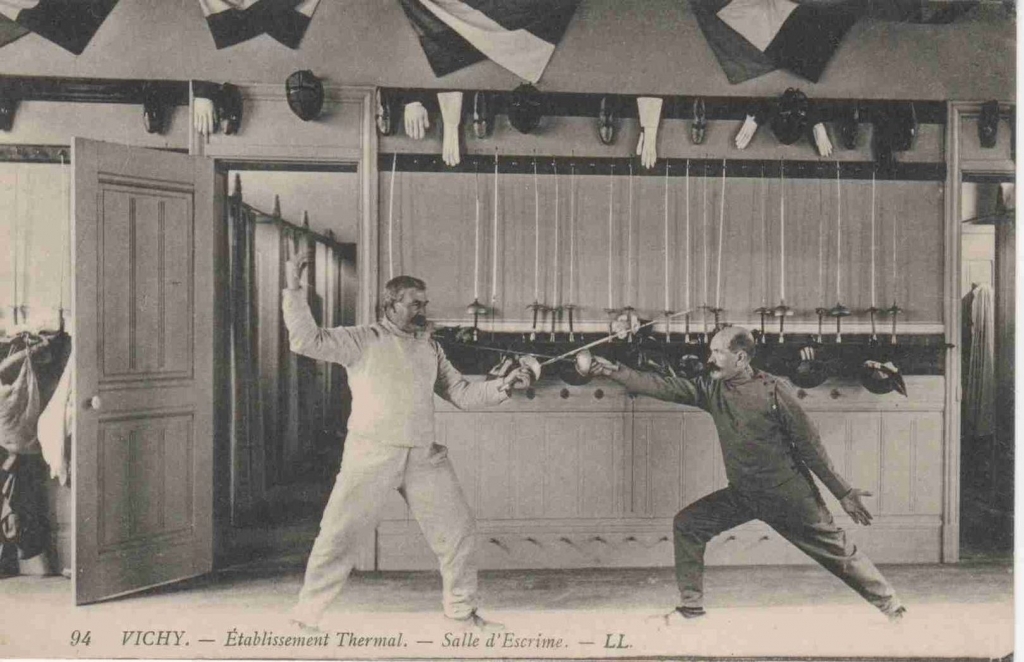
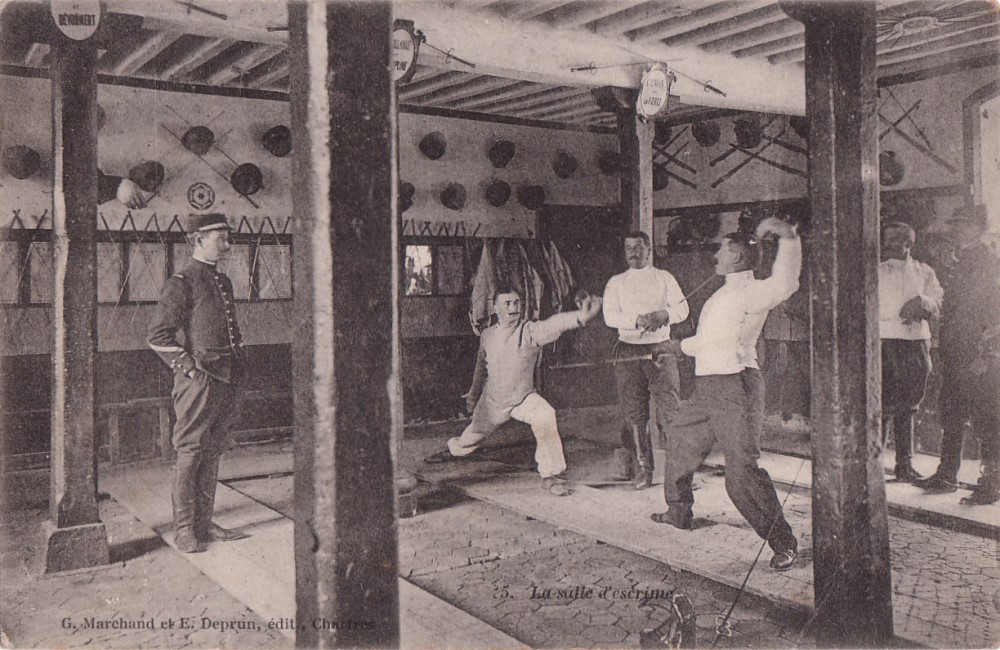
Creating a Website for Your HEMA Club
A website is one of the most important tools for promoting your club. Without a website it will be difficult for your club to grow.
We have lengthy article that already provides a great deal of advice for how to create a website for a HEMA club. Please read, ‘How to Create an Amazing Website for your HEMA Club Cheaply and Quickly‘ for more information.
Attracting Students to Your Club
By having a good name for your club and a good website for it, you should get some organic results from people searching for the club on search engines like Google and Bing. We also recommend using sites like Airbnb Experiences and Meetup.com to register your club. Naturally you should be on sites like Yelp, Google Places and so on, too.
You can also use Craigslist to post ads for your club, trying to attract new students in the Community >> Classes and Events categories. With your Facebook page for your club you should create an Event for every introduction class you offer and reshare it on your personal profile — your friends and family might ‘like’ and reshare the event posts, which helps organic spread of your club in your local area.
You should also use traditional means of marketing, too. You can often post flyers onto community boards at libraries and recreational centers, and some businesses will allow you to leave a stack of flyers by their cashier desk, too. Common places are hair salons / barber shops, mini-marts and family owned grocery stores; high attractive area places where people can spot the flyer when they check out. One of the most affordable ways to make a flyer is to actually produce business cards with your info on it, such as your club name, logo and your website info along with info about what you teach. ‘Learn authentic medieval sword fighting’ is a good example of a catchy hook to attract interest.
Martial Art Club Management Software
If you read our creating a website article you’ll know we recommend new clubs use a Meetup.com account as a means of helping promote their clubs to people searching for activities to do in their cities. Meetup accounts already have membership billing built into them but the features are rudimentary.
At some point your club is going to get to a point that you have so many members you need help tracking progress, membership dues and costs associated with it. TidyClub software is some of the best for managing these aspects of a club yet there is a huge drawback to using it. SaaS companies such as TidyClub are popular but expensive compared to using your own hosted WordPress site and installing a plugin such as MemberPress or BuddyBoss. These plugins are one time purchases for a license and do not have monthly recurring expenses the way TidyClub does. MemberPress has identical features to TidyClub — BuddyBoss actually has more features.
Building your own membership site in WordPress requires more technical skill than a SaaS solution like TidyClub however if you can follow some tutorials from the MemberPress or BuddyBoss help files you can easily setup a very good community website for your club with automated billing and that makes it easy to track member progress.
Should You Join a HEMA Federation?
You can join federations such as HEMA Alliance or ARMA, and there are pros and cons to doing so. There are also smaller groups such as the Chivalric Fighting Arts Association and Meyer Freifechter Guild which operate clubs in the USA.
As the HEMA Alliance is the largest group in the US we felt we should provide some specific advice regarding them.
Pros of Joining the HEMA Alliance
- You gain access to cheap insurance for your club members and events.
- Many vendors provide a discount to HEMA Alliance clubs when purchasing equipment.
- Many tournaments ran by HEMAA clubs require participants to have insurance through HEMAA membership to participate.
Cons of Joining the HEMA Alliance:
- You cannot pay your instructors a salary, which will make your club more difficult to grow since instructors are expected to be volunteers.
- You don’t have full legal control over your club since a federation structured like HEMA Alliance will instead be the legal owner of your club.
- The HEMAA leadership can reject your club events and tournaments and refuse to provide insurance coverage under their policy if they disagree with ways you want to run it.
- HEMA Alliance claims to not be a governing body but its implementation of policies and its usage of insurance denial to control clubs makes it one in our opinion, at least in that it governs over the clubs in its membership.
Some of these pros and cons apply to other federations, too. You’ll need to research each of them and decide if they are right for you.
Getting Insurance for a HEMA Club in the United States
Insurance is a primary benefit of these groups as many places you’ll want to rent space in for your martial art club will require you to have insurance. While you can get insurance as a member of a HEMA association you can also get your own insurance policies for your club without needing to be a member of these groups.
Most martial arts and sporting clubs in the USA use insurance provided by the United States Fire Insurance Company (aka Crum & Forster), typically through an insurance broker such as Francis L. Dean. It doesn’t really matter who your broker is though, since pretty much all martial art school insurance in the US is done by the same insurance company (United States Fire Insurance Company). The difference between brokers tends to be in what you ultimately pay in price, but the insurance policy will be identical to what is offered to other martial art schools.
(As a note, some club owners mistakenly confuse insurance brokers with being the actual insurance provider, as they don’t understand the relationship between these entities. Brokers simply negotiate policies for you from actual insurance providers; they themselves do not provide the insurance. This does mean they can switch your provider to get you better deals however in the case of martial art insurance, the space is so niche that United States Fire Insurance Company has a monopoly on the market.)
Should you Incorporate as a Non-profit or For-Profit Corporate Entity for your HEMA Club?
It is common for HEMA clubs in the USA to be non-profits in order to be members in groups such as HEMAA and ARMA but most martial art schools in the USA are for-profit companies, usually an LLC or S Corporation that is directly owned by the lead instructor of the club. This structure makes it easiest to handle taxes for the martial art club and generally LLC and S Corporation have lower costs for incorporation filing fees and annual fee renewals / franchise fees. Regardless you will need to incorporate as some kind of legal entity in order to get insurance and ideally, you shouldn’t enter into any leasing agreements as an individual — you should enter into them while shielded by some kind of legal corporate entity.
If you are not a member of the HEMA federations we mentioned previous, you might want to incorporate as an LLC or S Corporation, but keep in mind we’re not lawyers and are not providing you legal advice here. We suggest speaking with a business law attorney to discuss the best way to incorporate your club. Incorporation as some kind of legal entity will be required for insurance policies to be obtained for your club activities.
Developing Unique Value Propositions for your HEMA Club
To get people interested in HEMA can take more work than compared to other martial arts because HEMA has less brand awareness as a sport compared to others. This can mean you have to work harder to get traction in your area. It should be obvious that sword fighting is a unique value that other martial arts often do not offer, so you can attract people interested in learning sword fighting. But you can also talk about the benefits of learning swordsmanship, too, particularly its benefits for exercising.
One thing that is currently popular with martial art clubs seeking to gain an advantage in a market is to develop a youth program specifically for at risk and low income children. Many cities have grants available for recreational clubs that offer special programs that teach anti-bullying and communication skills, as well as programs that offer strength and conditioning exercise for such children. These are all things that historical fencing training can teach youth. However you will often need to work with a local child psychologist to develop your program in order to meet the requirements for the grant — and naturally you should do this even if it’s not required to ensure your program is developed and ran in a responsible manner.
For more ideas on teaching HEMA to youth, please read our article, ‘Teaching Historical European martial arts to children‘.
Other Helpful Articles to Read about Starting a HEMA Club from Other Authors
Here are some additional advice articles on how to start a HEMA martial art school written by prominent figures in the HEMA community,
- Learning Armizare by Christian Cameron
- How to start a HEMA Club by Guy Windsor
- How to start a HEMA club on a Tight Budget by Keith Farrell
You can also join our Facebook group community and ask other experienced practitioners for advice on starting a HEMA club.
****
If you’d like to learn more information about historical fencing practices please check out our Learn HEMA page for a guide to learning about the historical weapon that interests you. You can also find more guides we’ve written about other topics at our Helpful Guides page. Feel free to share your thoughts on this article by commenting or at our forums or our Facebook Group.
Related posts:
- How to Clean and Care for Your swords and Federschwert in HEMA (Plus Storage and Transport Advice)
- Modern Olympic Fencing Vs HEMA: What Are the Differences?
- The Best Historical European Martial Arts YouTube Channels to Watch
- Important Safety Tips for Historical European Martial Arts Fencing with Swords
